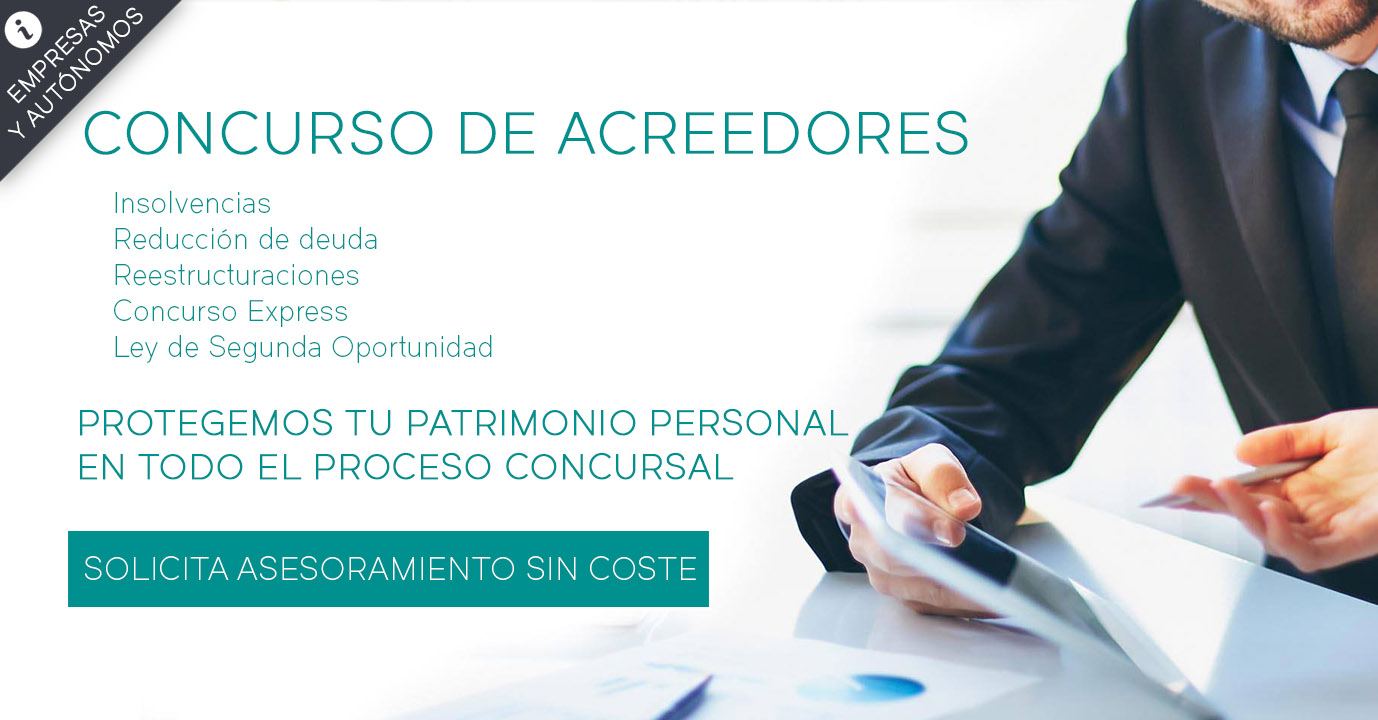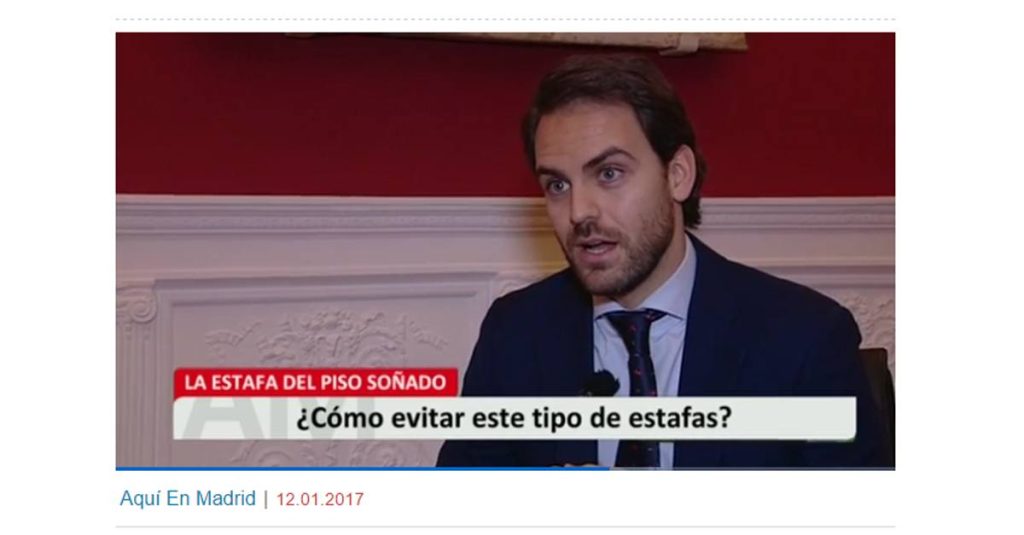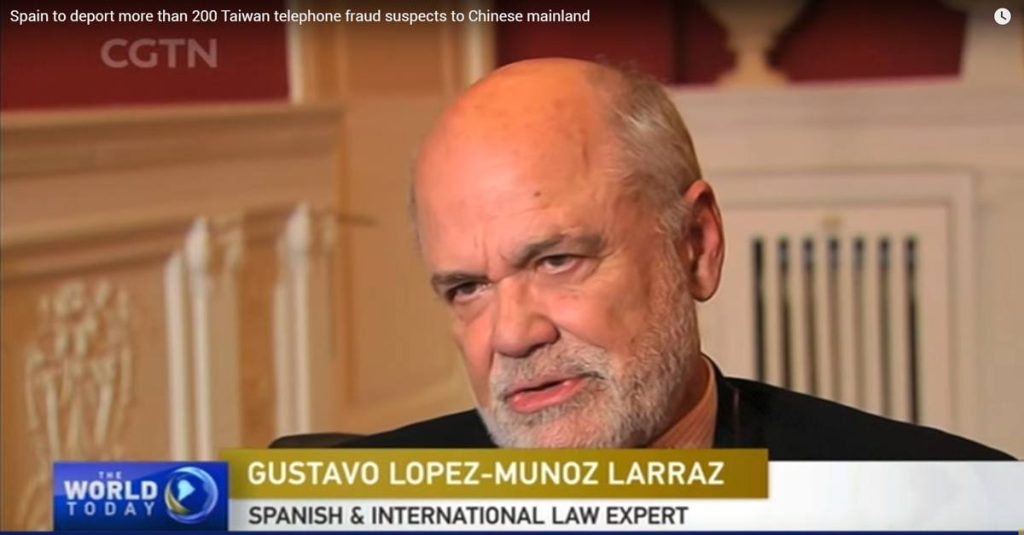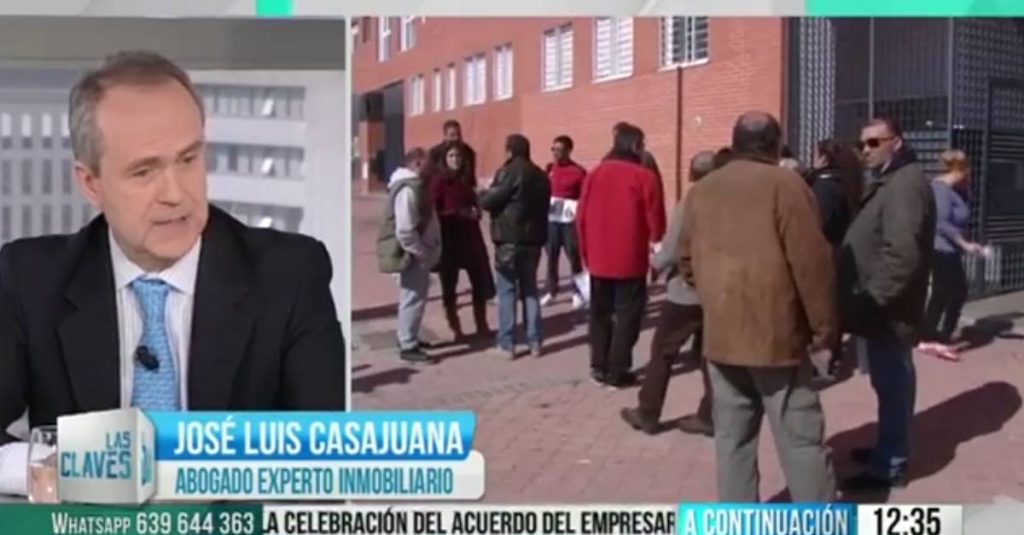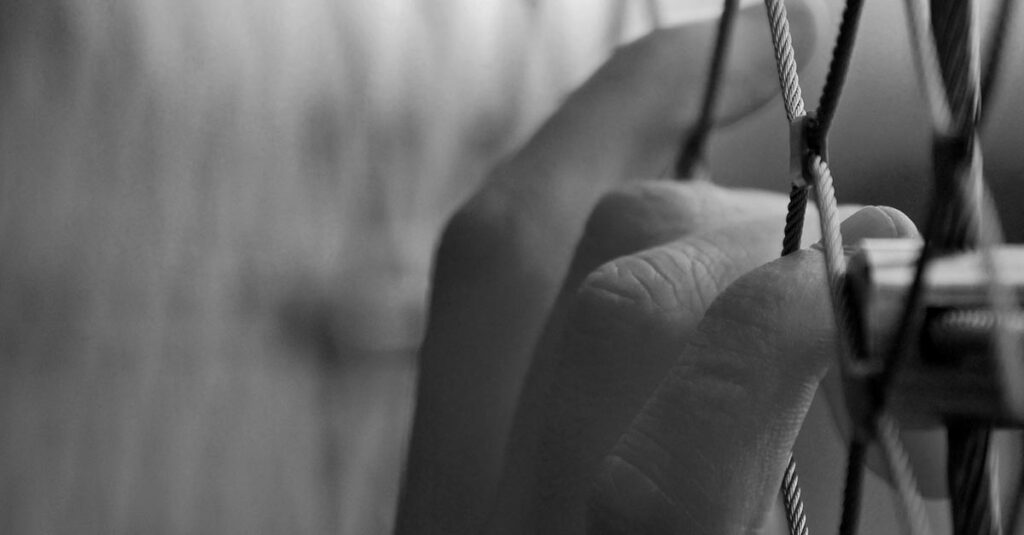Video surveillance cameras as evidence to dismiss a worker
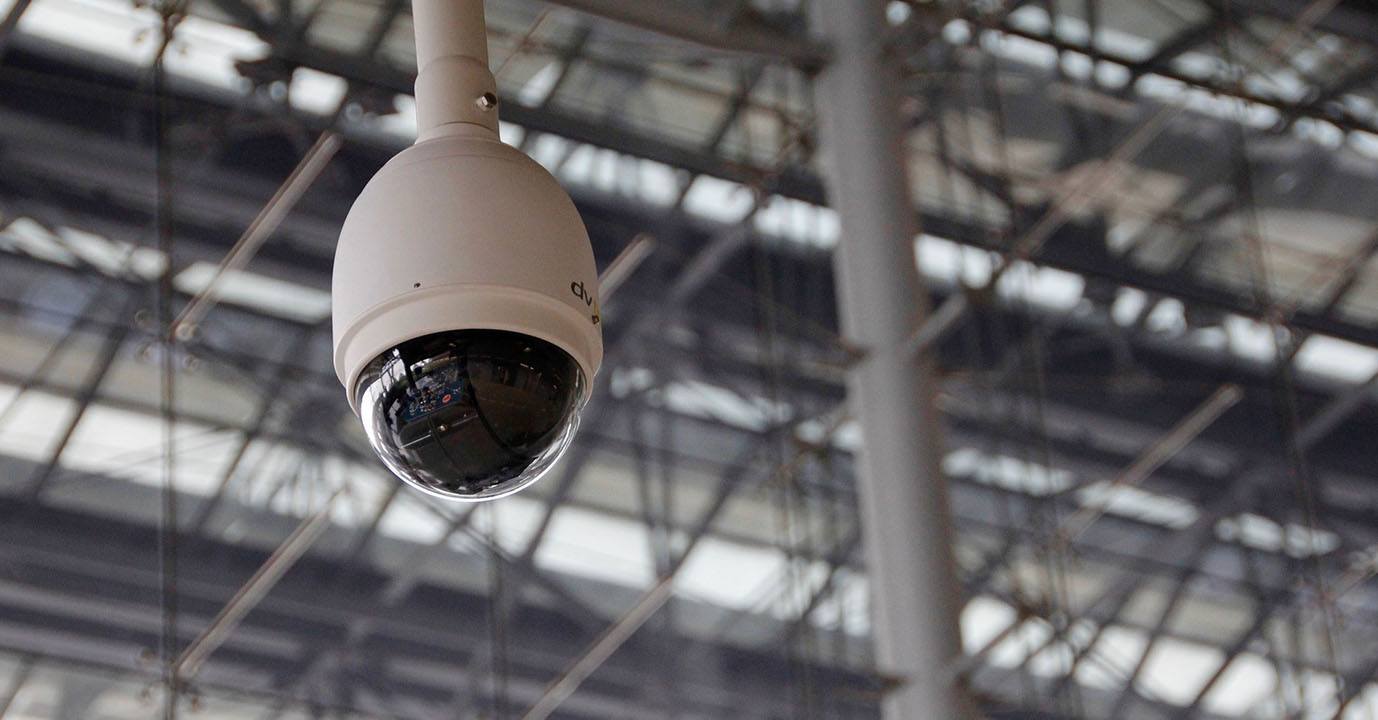
The legality of video surveillance cameras as evidence to dismiss a worker
The Labor Chamber of the Supreme Court in its Sentence 503/2022, of June 1, 2022, ( rec. cud. 1993/2020) has concluded that the use of images collected by video surveillance cameras, in the workplace, is valid proof to justify the dismissal of a worker when the The purpose of these images is control of work activity and, as long as the worker is aware of the existence of security cameras because they are marked
We are faced with a case in which a well-known company justifies the dismissal of one of its workers based on the images captured by the video surveillance camera, by informing her of one of its customers that if it looked normal “that the waitress give a sandwich and coffee to a friend who comes with the dog, while she doesn’t serve us because she says she opens in 15 minutes.” Complaint that caused the company to go to the viewing of the cameras to verify what it obtained that days prior to the day of the complaint there had been conduct such as that of the object of the protest.
The disputed issue consisted of determining whether the obtaining of the videographic evidence involved any interference that could have violated the plaintiff’s right to data protection since the company intended to verify whether the events denounced, which occurred on a Sunday, also took place on days prior to the day of the complaint, even if these were more than a week or on another Sunday (two Sundays prior to the complaint)
In this sense, and as a new point, the Chamber understands that the company does not violate the right to data protection since the period of two previously explained Sundays, it does not exceed the one-month period that exists for the cancellation of what is captured by the cameras, as established in article 6 of the Instruction of 1/2006 , of November 8, of the Spanish Agency for Data Protection</strong >.
On the other hand, the Supreme Court has recalled that video surveillance is a business surveillance and control measure to verify the worker’s compliance with his labor obligations and duties, in accordance with the Article 20.3 of the Workers’ Statute.
Specifically, in its Judgment of March 30, 2022, rcud. 1288/2020, echoing constitutional doctrine, stresses that the processing of personal data of the worker as a result of video surveillance will not require consent > of the affected party because it is a measure aimed at controlling compliance with the employment relationship. All that is necessary is the duty of information indicated in article 5 of the Organic Law on Data Protection.
The case is resolved declaring the legality of the test saying that “The cameras were marked with adhesive signs that allowed all the people present in the cafeteria, both workers and customers , became aware of their presence, having informed the workers’ representatives.”
The Constitutional Court ruled along the same lines in its judgment 119/2022, of September 29 2022 when it considers that the use of recording images from security cameras as evidence to dismiss a worker is valid given that, although the company did not notify the workers that the images obtained by the security cameras could be used as evidence in the event of an alleged dismissal, all the employees were aware of their existence as they were marked with a sign at the entrance to the company.
In conclusion, if you are an employer you can fire a worker using the images captured by security cameras as evidence as long as the employee is fully aware of their existence. Likewise, the images from the video surveillance camera collected with up to a month of capture can be used, since the archive of the shots, in addition to violating art. 22.3 of the Organic Law on Data Protection (LOPD) and 6 of Instruction 1/2006, of November 8 member, of the Spanish Agency for Data Protection, on the processing of personal data for surveillance purposes through camera or video camera systems -in which it has not been affected by the LOPD of 2018-, would make the test illegal and it would vitiate the dismissal, either nullity or inadmissibility (this would be another debate)
In accordance with the aforementioned precept of the LOPD, and the correlative of the Instruction, image recordings can be stored for a maximum period of thirty days , unless there are special circumstances such as a police or judicial investigation. In these cases, the recordings can be evidence for the investigation and that period can be extended.
You may be interested in: “Iguala service in Labor Law“
11/11/2022




